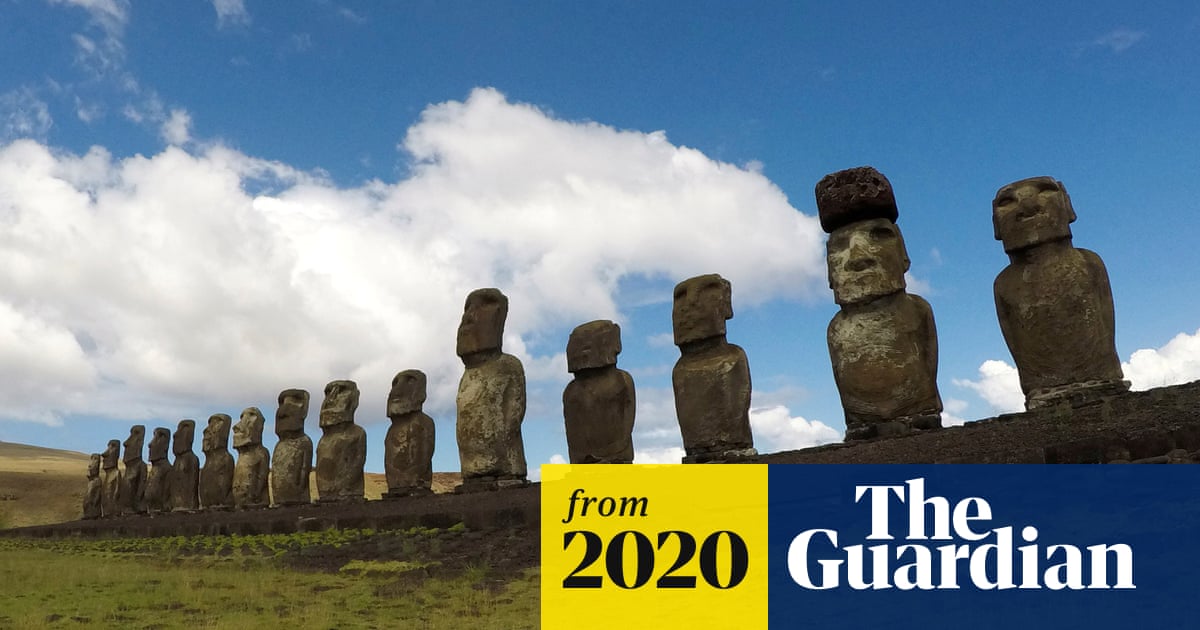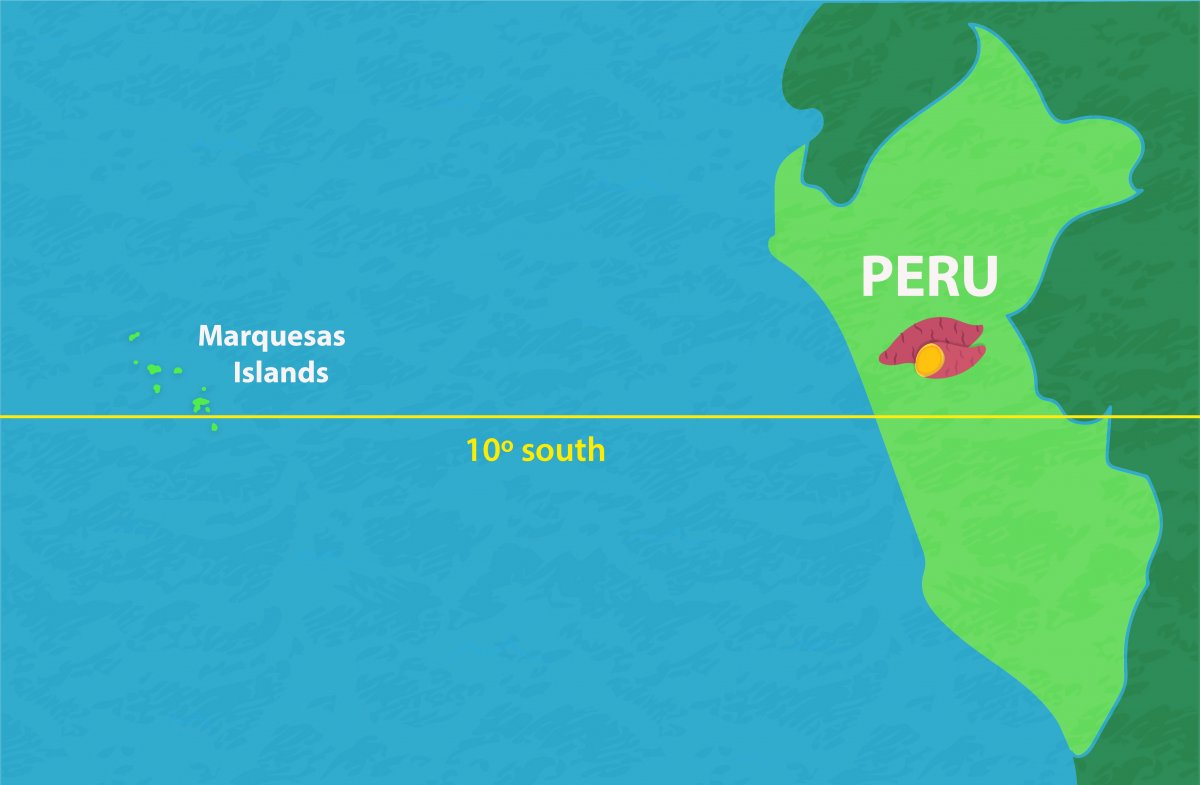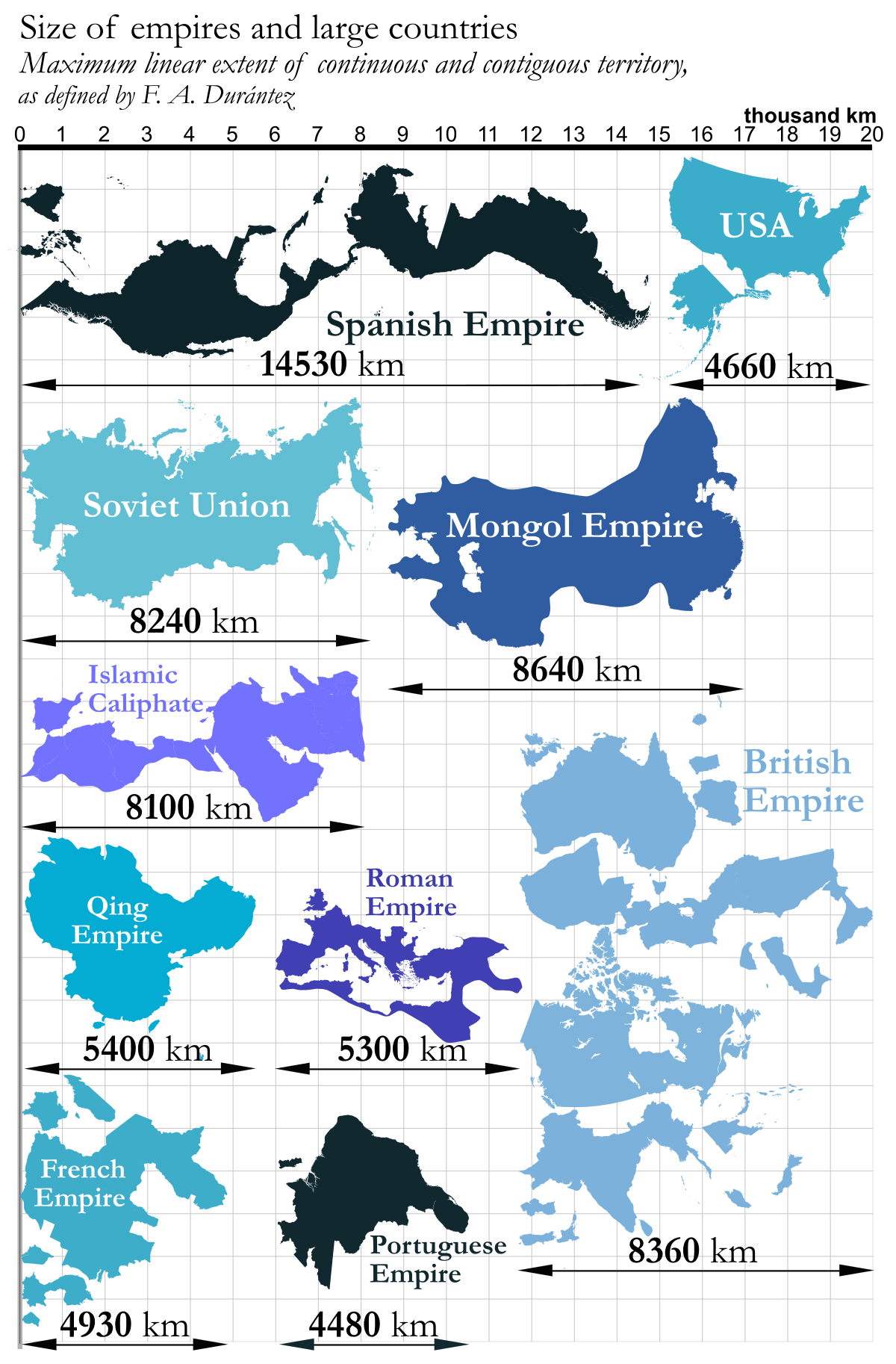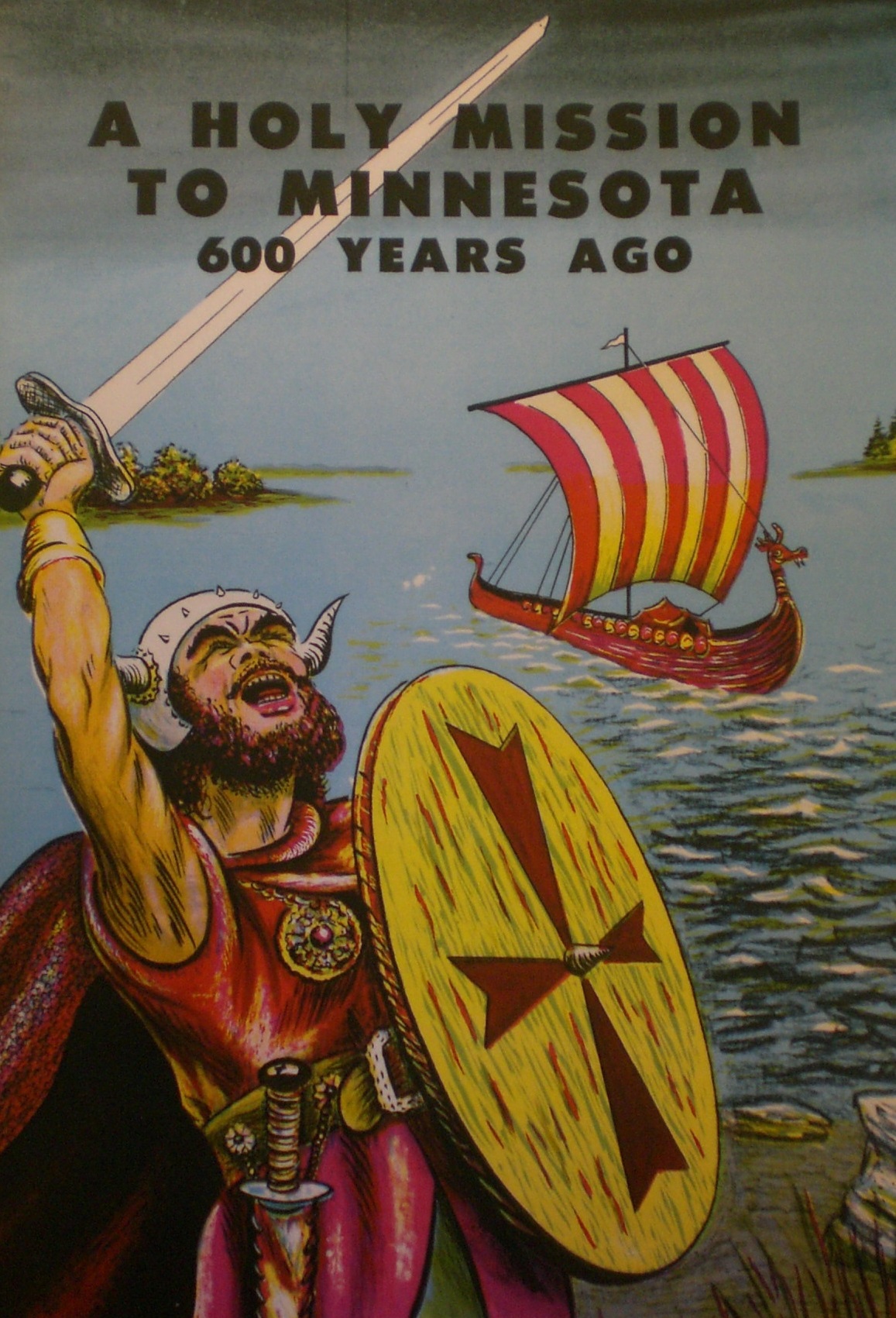5fish
Well-Known Member
- Joined
- Jul 28, 2019
- Messages
- 10,703
- Reaction score
- 4,554
It seems that are Viking records of them battling the local Native Americans in Vineland...
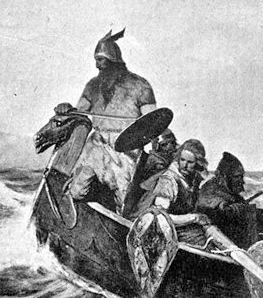
 militaryhistorynow.com
.
militaryhistorynow.com
.
Thorvald, the son of Erik the Red and brother of Lief Eiriksson, landed in the New World sometime around 985 CE. The 50-member party eventually set up a fortified camp on the large island. Yet almost as soon as the Norsemen hauled their long boats onto the beaches, fighting broke out with the local inhabitants.
A video a good summary of Viking time with Native Americans...

Bloody First Contact – When Vikings Clashed with Native North Americans - MilitaryHistoryNow.com
“Almost as soon as the Norsemen hauled their long boats onto the beaches, fighting broke out with the local inhabitants.” MANY POINT TO the Jamestown Massacre of 1622 as the first clash between European settlers and...
Thorvald, the son of Erik the Red and brother of Lief Eiriksson, landed in the New World sometime around 985 CE. The 50-member party eventually set up a fortified camp on the large island. Yet almost as soon as the Norsemen hauled their long boats onto the beaches, fighting broke out with the local inhabitants.
A video a good summary of Viking time with Native Americans...


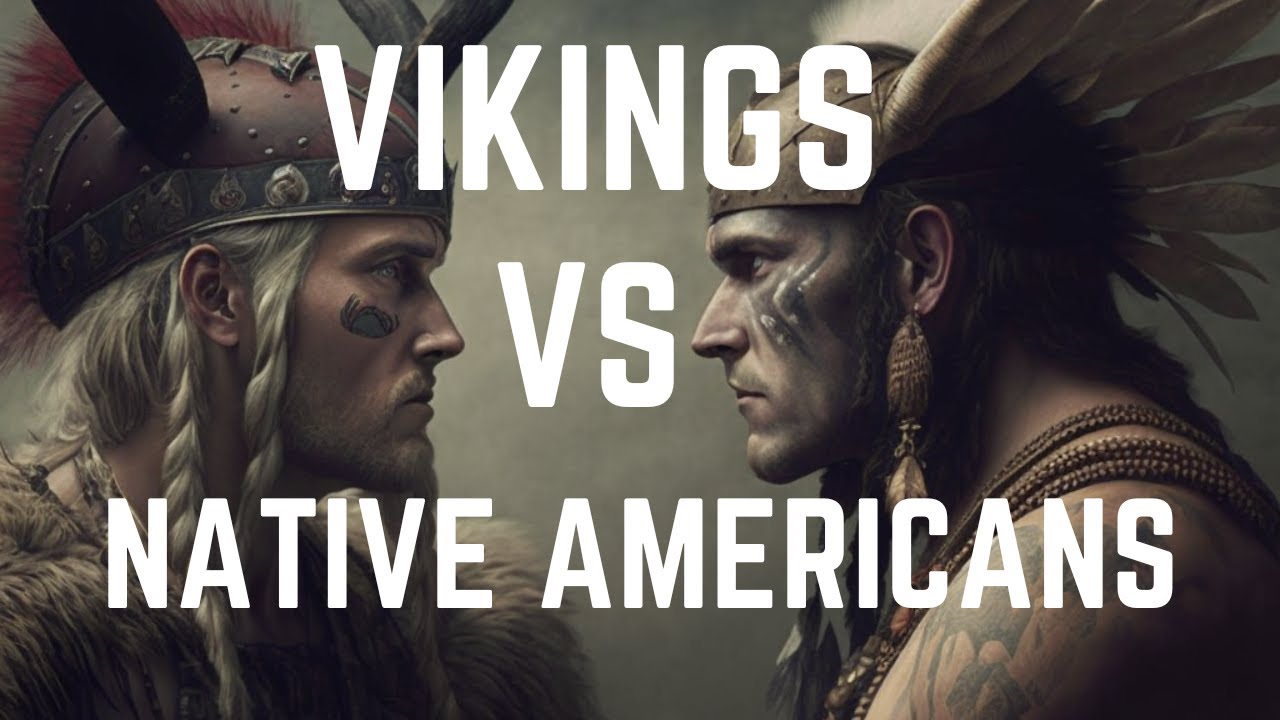
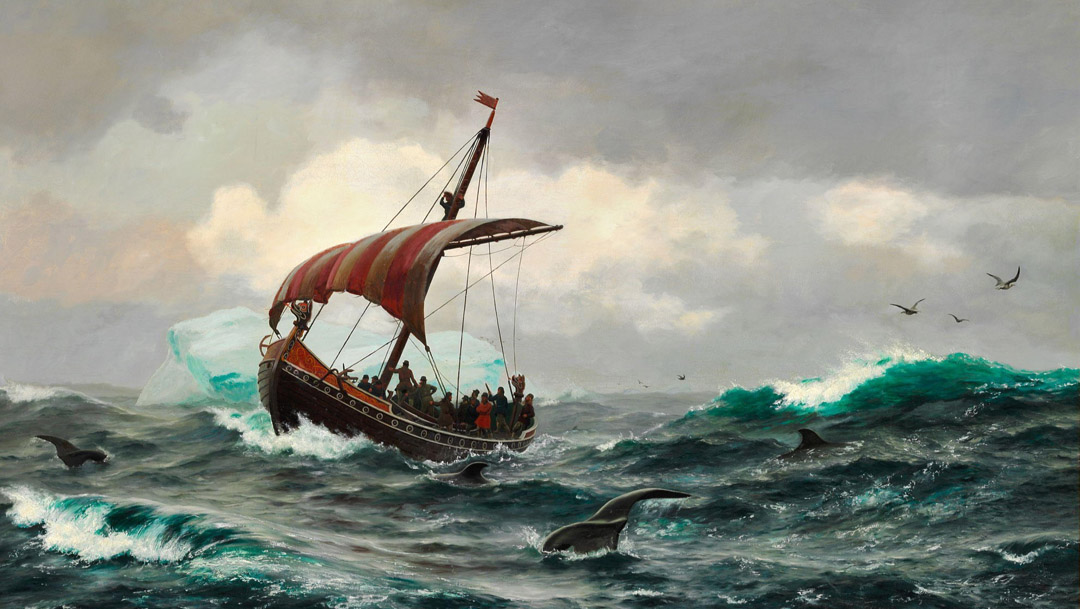


/https%3A%2F%2Ftf-cmsv2-smithsonianmag-media.s3.amazonaws.com%2Ffiler%2F69%2F57%2F6957ebd3-d4fc-4b8a-ab64-5e7fb2b3c14b%2Fjavier_blanco_img_1793_a_low_tongariki.jpeg)
